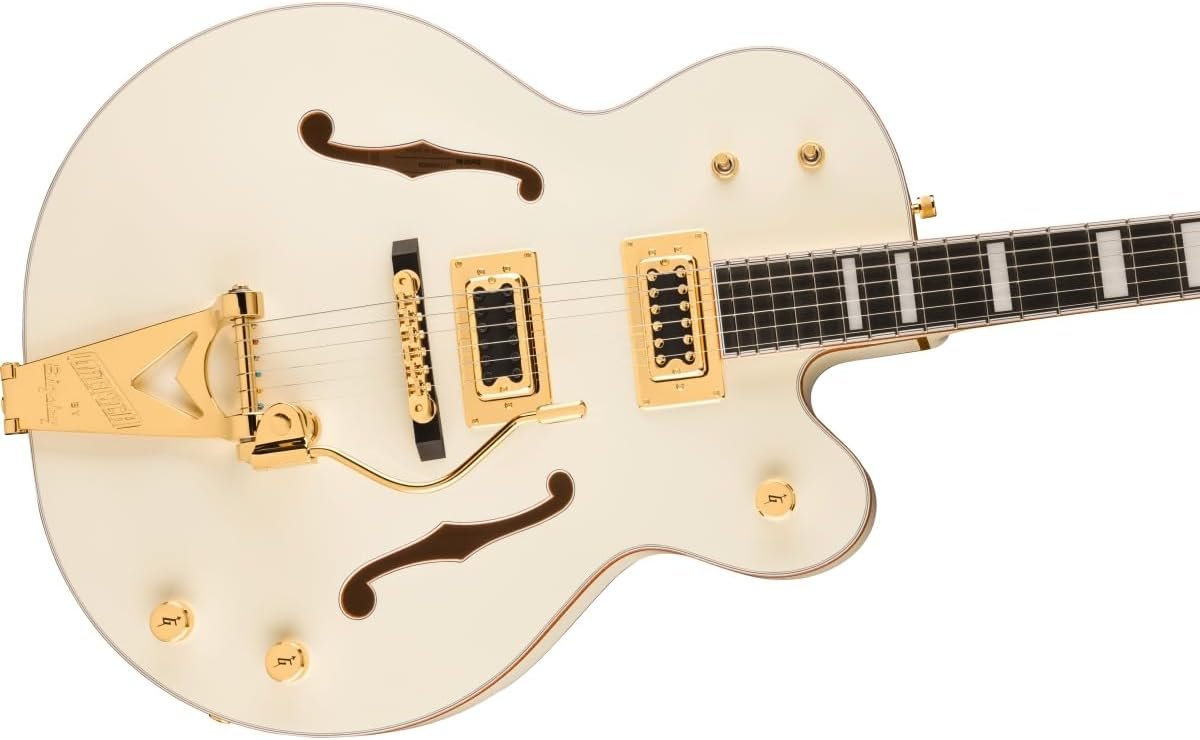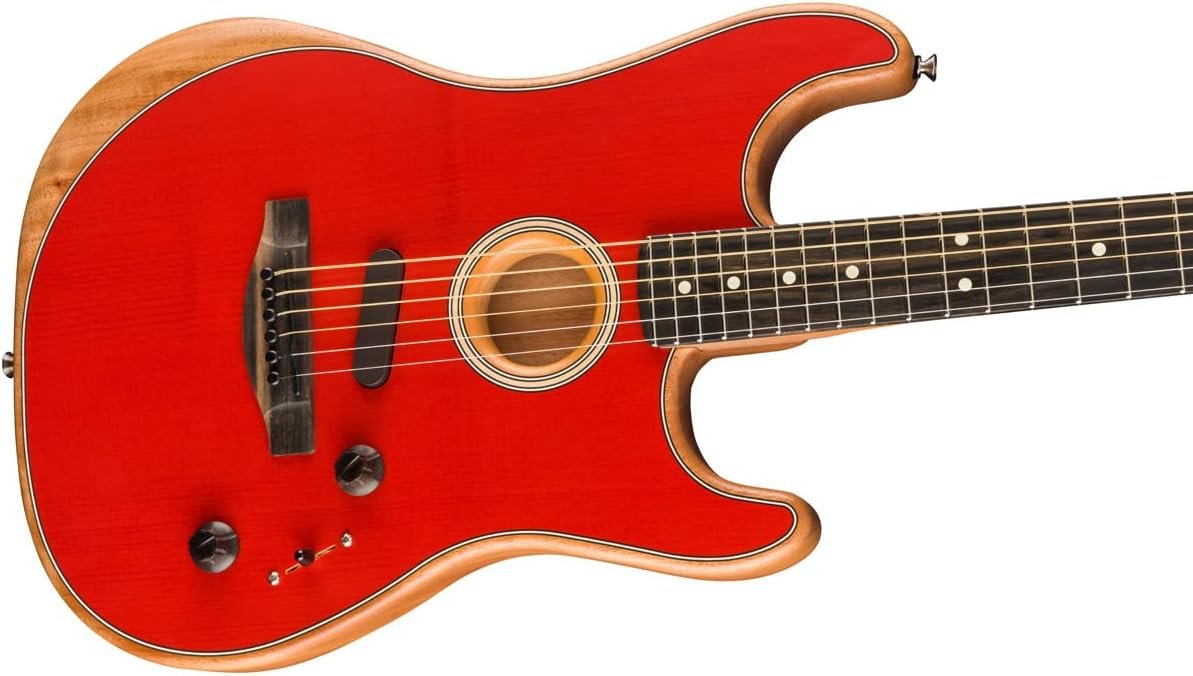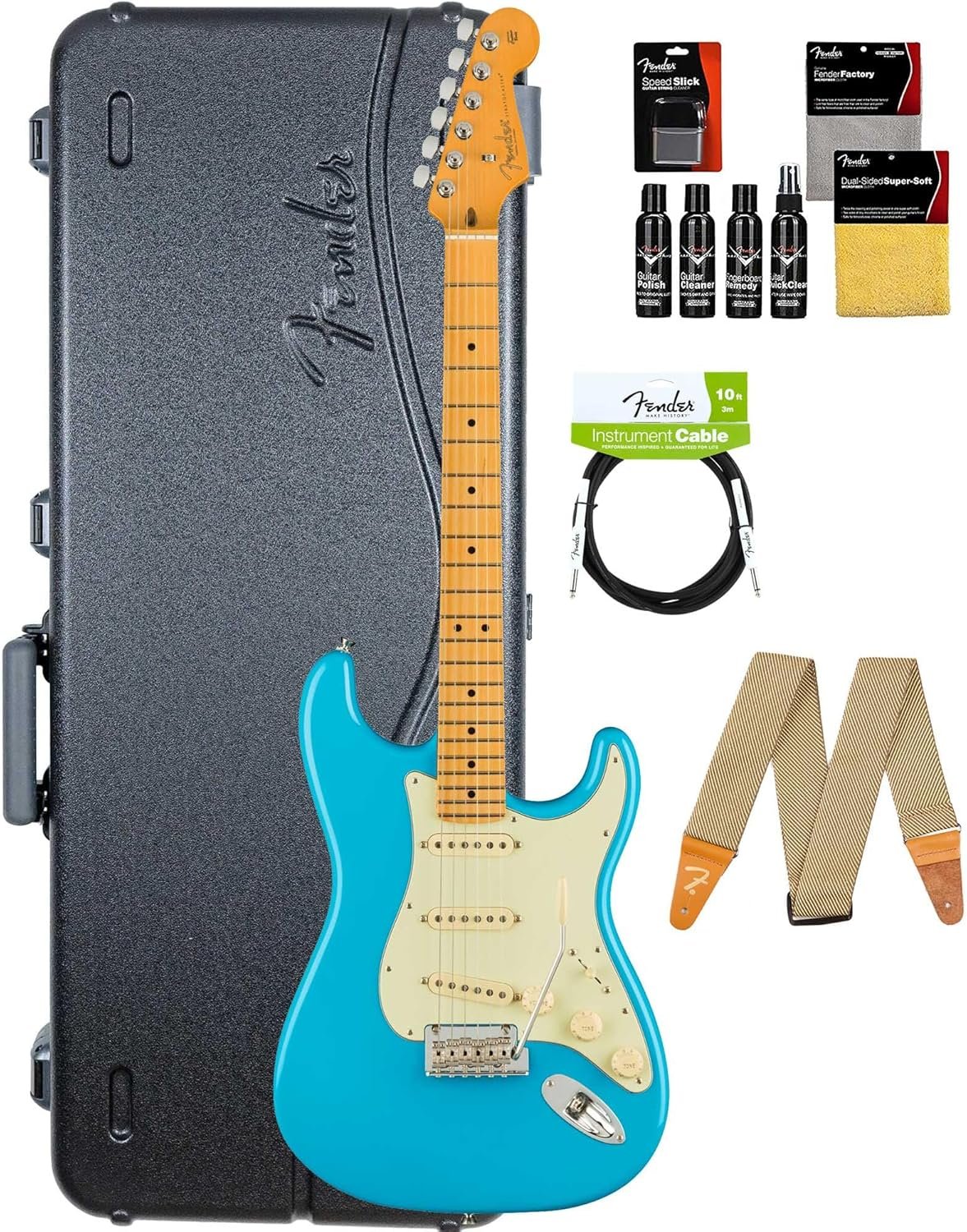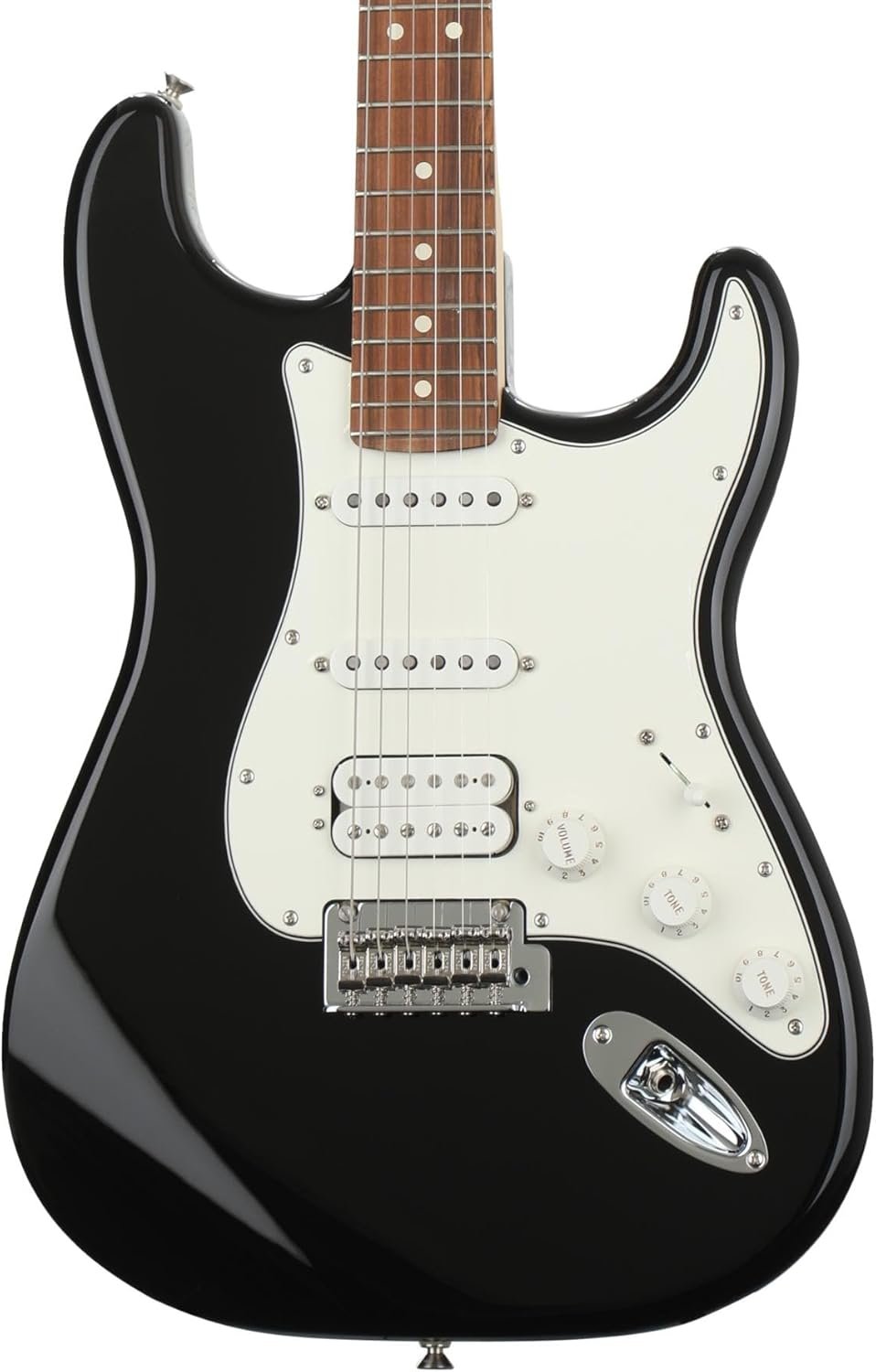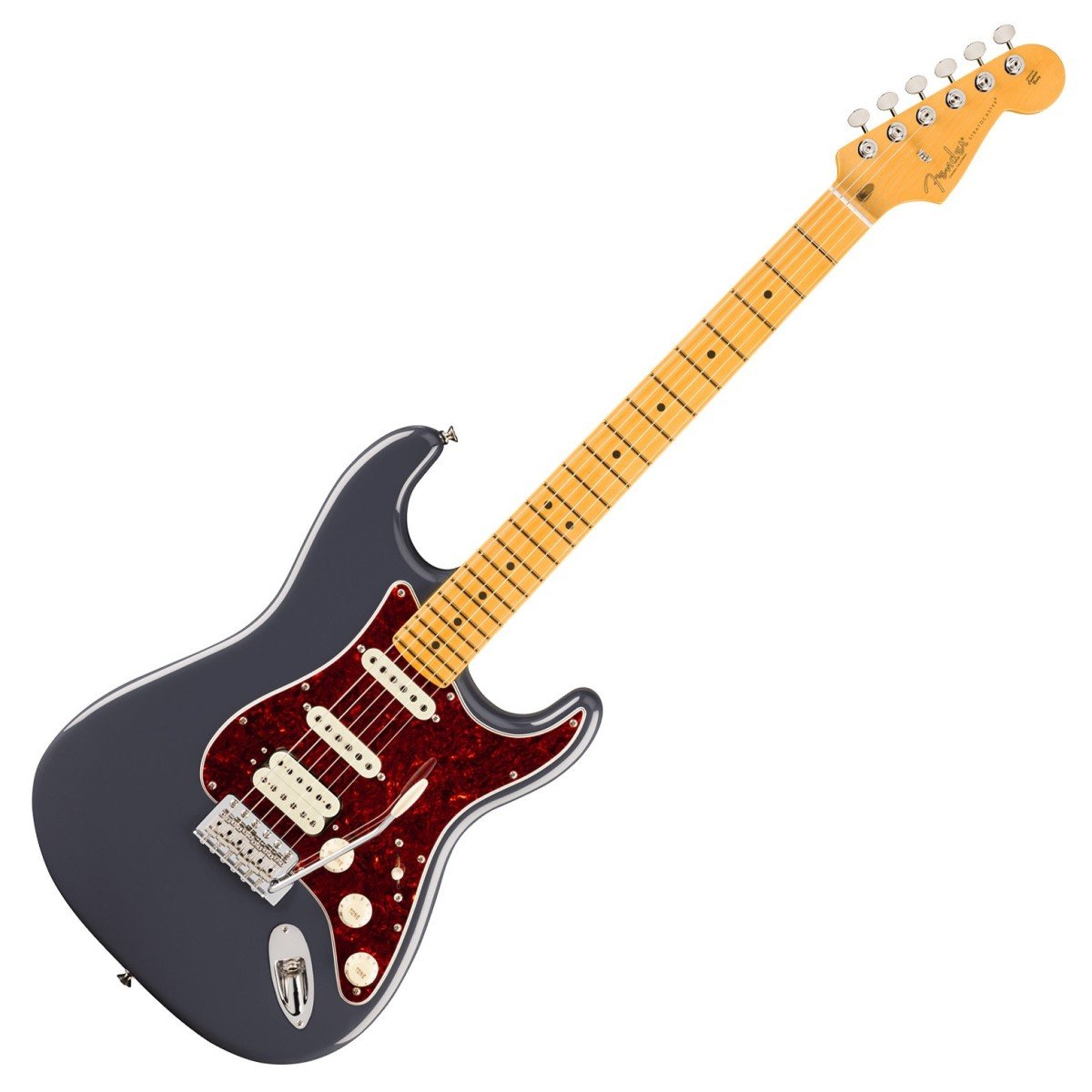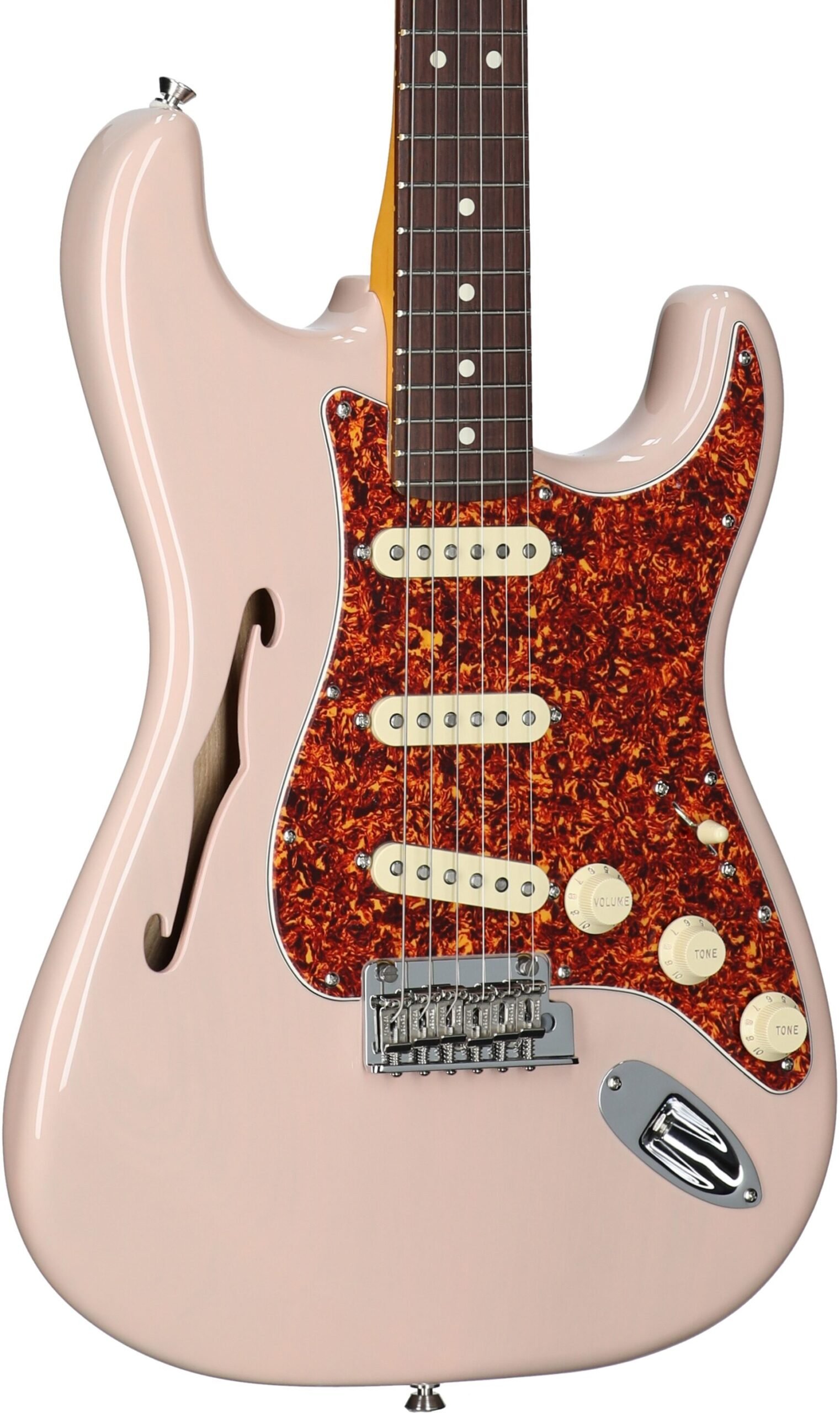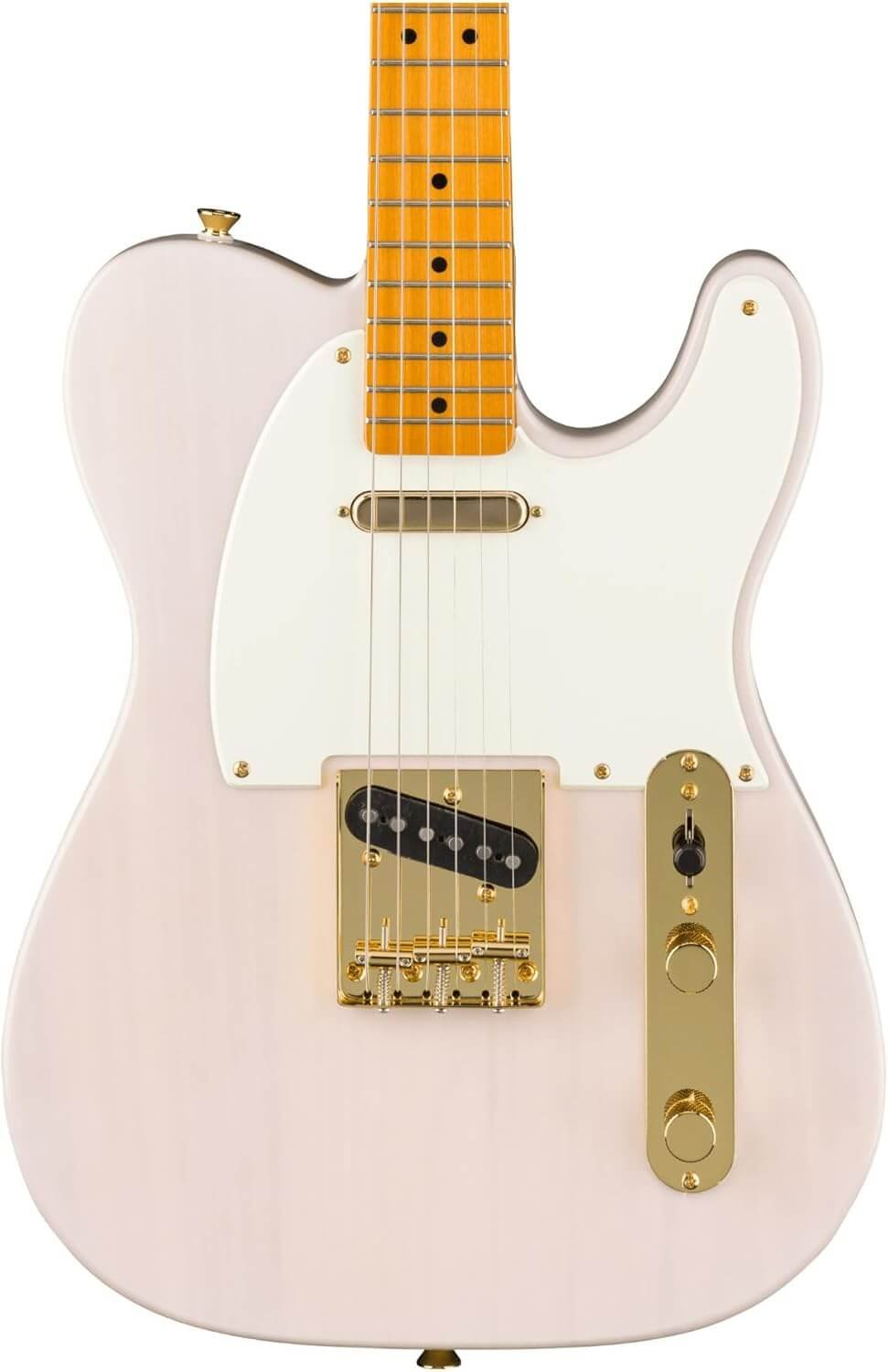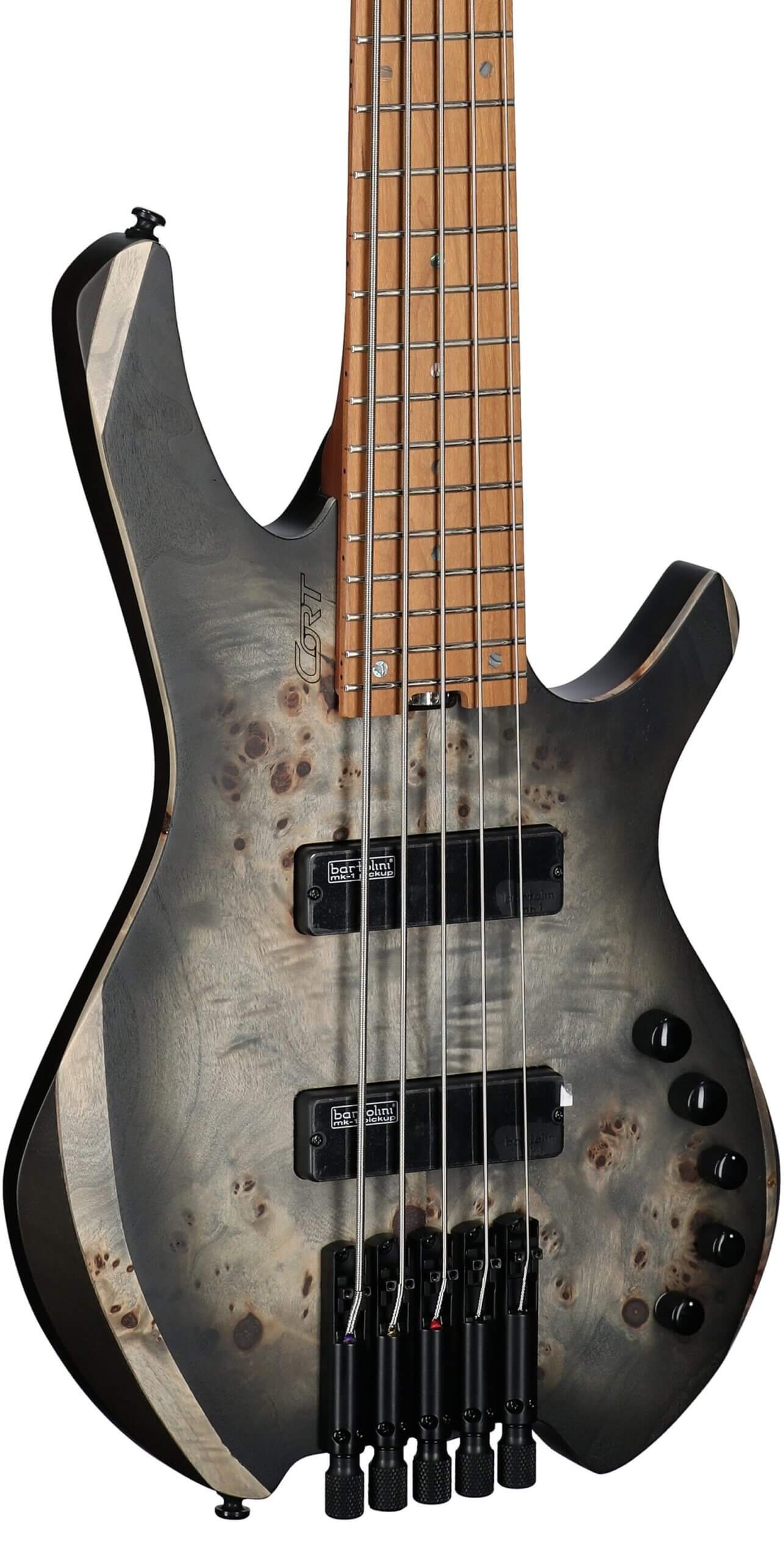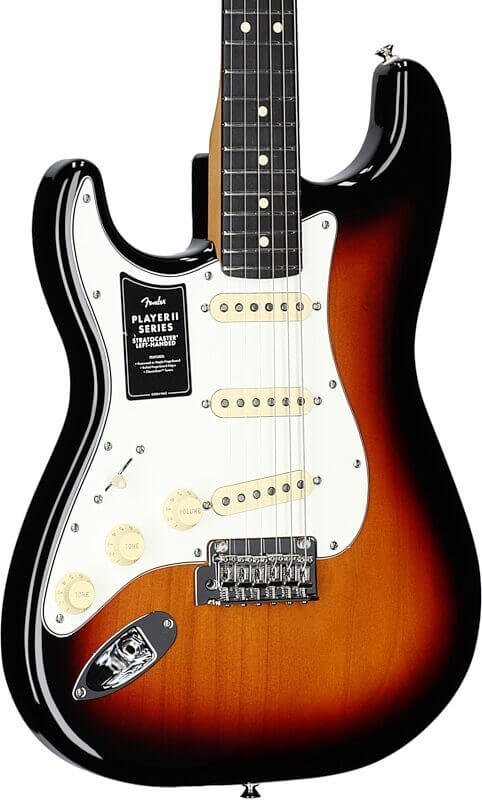What is a Guitar Neck Rest?
A guitar neck rest, often referred to as guitar neck cradle support, is an essential tool designed to assist musicians in safely and effectively managing their string instruments during maintenance, repair, or storage. The primary function of a guitar neck rest is to provide secure support for the neck of the instrument, allowing for convenient access to the body and strings while preventing undue stress or damage to delicate components.
The design of a guitar neck rest typically features a padded cradle or support structure that accommodates the neck’s curvature, ensuring that it remains stable and secure. This is crucial for guitarists, luthiers, and professionals working with various stringed instruments, including ukuleles, violins, banjos, and mandolins. By adequately supporting the neck, this tool can prevent warping, bending, or other forms of physical strain that can result from improper handling.
For guitarists, the utility of a guitar neck cradle support cannot be overstated. Whether performing routine string changes, adjusting the truss rod, or conducting comprehensive setups, having a dependable neck rest ensures that the instrument is held in an optimal position. As a result, it facilitates easier access to intricate areas such as the fretboard and tuning machines. Additionally, luthiers benefit from this tool by being able to conduct repairs with greater precision and safety, ultimately leading to higher-quality craftsmanship.
In essence, the guitar neck rest is not just a tool, but a fundamental accessory that enhances the longevity and performance of string instruments. Its design and function address the unique needs of stringed instrument enthusiasts, ensuring that each instrument can be maintained in peak condition, thereby enriching the musical experience for both the player and the audience.
Benefits of Using a Neck Cradle Support
Utilizing a guitar neck cradle support offers numerous advantages for both amateur and professional musicians. One of the primary benefits is the enhanced comfort it delivers during maintenance tasks. When working on
guitars, lengthy periods of holding or positioning the instrument can lead to discomfort or strain. By using a neck cradle support, the weight of the instrument is uniformly distributed, reducing physical stress on the player’s hands and body. This allows for longer periods of focused work without the risk of fatigue.
Stability is another significant advantage when using a guitar neck cradle. This specialized support is designed to hold the neck of the guitar securely, allowing the musician to concentrate on the task at hand, whether it be restringing, adjusting the truss rod, or performing other maintenance tasks. The solid foundation provided by the cradle minimizes the chance of the guitar shifting unexpectedly, which enhances precision and helps ensure that adjustments are accurate. This stability is particularly critical when making sensitive adjustments that require a steady hand.
Furthermore, a guitar neck cradle support significantly reduces the risk of accidental damage to the neck. There are scenarios in which a musician might inadvertently drop their instrument or apply pressure in the wrong area when attempting repairs. A cradle acts as a protective barrier, securing the neck and minimizing the impact of any unintentional movements. For instance, during fret leveling or setups, the risk of damaging the neck can be prevalent without proper support. In these circumstances, the cradle not only protects the instrument but also instills confidence in the musician, allowing for more meticulous and careful handling of their equipment.
Why Every Musician Should Consider One
The guitar neck cradle support is an often overlooked yet essential tool for both amateur and professional musicians. Investing in a high-quality neck rest can significantly enhance the playing experience by providing stability and safety for the instrument during practice or maintenance. When musicians endeavor to clean, restring, or set up their guitars, the risk of damage is always present. A guitar neck cradle support alleviates this concern by securely holding the instrument in a fixed position, reducing the likelihood of accidental slips or falls.
For amateur musicians, the learning curve associated with guitar maintenance can be daunting. A guitar neck rest serves not just as a mere support system but as an encouragement to embrace the practice of regular upkeep. By having a reliable support tool, amateur players can confidently engage in changing strings or adjusting the setup without the fear of damaging their instrument. This can lead to a more profound understanding of the guitar itself and facilitate an overall improvement in their playing technique.
On the other hand, for professional musicians, the use of a guitar neck cradle support can be a game-changer. It enables quick and efficient adjustments in high-pressure situations, such as rehearsals or performances. A sturdy neck rest allows for easy accessibility to parts of the instrument that require attention, whether it be tuning or inspecting the fretboard. This efficiency not only promotes better sound quality but also provides a higher level of confidence, allowing musicians to focus entirely on their performance without distraction.
Furthermore, owning a guitar neck cradle support reflects an understanding of the importance of instrument care. By prioritizing maintenance through the use of such a device, musicians can protect their investment while enhancing their overall playing experience. The benefits are undeniable, making the guitar neck rest an essential investment for anyone serious about their craft.
Choosing the Right Neck Rest for You
Selecting the appropriate guitar neck cradle support is crucial for both the protection of your instrument and the comfort during play. When considering which neck rest to choose, there are several features that one should take into account to ensure that it meets personal needs and playing styles.
Firstly, size plays a significant role in determining compatibility with your instrument. A well-fitting neck cradle support is essential to prevent any slipping or movement while the guitar is being worked on or played. It is recommended to try different sizes to ascertain which one provides the best fit for your guitar neck, as this can vary not only among different brands but also between individual models within the same brand.
The material of the neck rest is another critical factor. Some neck cradles are crafted from foam, which provides a gentle touch and conforms to the instrument’s shape. Others may utilize harder materials, offering increased durability. When selecting a material, consider how often you intend to use the cradle support, as well as your budget. Those who play frequently may benefit from a more robust option that can withstand regular use.
Versatility is also important; therefore, look for a guitar neck cradle support that can accommodate a range of string instruments. Some cradles are designed exclusively for one type, while others can support guitars, violins, and even ukuleles. A multifunctional neck rest can be especially advantageous for musicians who play multiple instruments.
Finally, it is beneficial to consider your playing style. If you perform intricate fingerwork, a neck cradle support that allows easy access to the fretboard without obstruction is ideal. This thoughtful consideration will contribute meaningfully to a comfortable playing experience and will safeguard your instrument simultaneously.
In conclusion, investing time in selecting the right guitar neck rest tailored to your individual needs can significantly enhance your playing experience while ensuring the safety of your instrument.
Comparing Popular Models on the Market
When selecting an effective guitar neck cradle support, it is important to consider several popular models that have garnered attention among musicians. Each model offers distinct features, specifications, advantages, and disadvantages that cater to different needs.
One highly regarded option is the
Hercules Guitar Neck Support. This model is known for its sturdy construction and adjustable height, making it suitable for various guitar shapes and sizes. The padded cradle ensures a gentle hold, while the folding design allows for portable storage. However, some users find it slightly bulky for travel, which may deter those seeking compact solutions.
Next, we have the
On-Stage Guitar Cradle. This model is appreciated for its lightweight design and affordability, making it an attractive option for hobbyists. The rubber padding reduces the risk of damage while offering excellent grip. Nonetheless, it may lack the stability of more robust models, particularly under heavier instruments.
The
String Swing Guitar Necks Support has also gained popularity, thanks to its unique wall-mount design. This option provides great accessibility and keeps the guitar out of the way while offering neck support. However, the installation process may not be suitable for everyone, particularly those wary of drilling into walls.
Lastly, the
D’Addario Guitar Neck Cradle stands out for its adjustable features, enabling musicians to customize their playing angle. This model is compact and often folds flat, appealing to those with limited storage space. Conversely, some users may find it less durable compared to more robust options on the market.
In sum, when comparing guitar neck cradle supports, each model presents unique specifications and features that cater to varying preferences and requirements. By weighing the pros and cons, musicians can make an informed decision that best suits their needs.
Caring for Your Guitar Neck Rest
Maintaining a guitar neck cradle support is essential for prolonging its lifespan and ensuring it remains effective for safeguarding your instrument. Proper care involves regular cleaning, appropriate storage, and protective measures against potential damage.
To start, cleaning the neck support should be a routine practice. Use a soft, damp cloth to wipe down the surface of the cradle. Avoid using harsh chemicals or abrasive materials, as these can deteriorate the material and reduce its effectiveness. If there is any residue or buildup, consider using a mild soap solution, ensuring that you thoroughly dry the cradle afterward to prevent moisture retention.
Storage is another vital aspect of caring for your guitar neck cradle support. It is advisable to store the neck rest in a dry, cool location away from direct sunlight, which can cause materials to fade or warp over time. When not in use, you can place the support in a dedicated case or cover it with a protective cloth to shield it from dust and environmental factors. This is especially important if you live in an area with varying humidity levels, which can affect both your guitar and the support.
To further protect your guitar neck cradle support from damage, avoid placing heavy objects on top of it, as this can lead to misshaping or cracking. Additionally, ensure that your guitar does not exert excessive pressure on the neck support when it is in use; this will help maintain the structural integrity of both your instrument and the cradle itself.
By practicing these simple yet effective care techniques, you can ensure that your guitar neck cradle support remains a reliable tool for safeguarding your guitar, thus extending its overall lifespan and functionality.
Real-Life Experience: Musicians Share Their Stories
Many musicians often overlook the significance of using a guitar neck cradle support during their instrument maintenance routines. However, personal anecdotes from seasoned musicians and luthiers reveal that these neck rests play a vital role in ensuring that guitars remain in optimal condition while providing a comfortable playing experience. For instance, John, a local guitarist with over a decade of experience, highlights how a neck cradle significantly reduced the risk of scratches and damage to his guitar during maintenance. “Ever since I started using a neck support, I can confidently work on my guitars without worrying about them slipping or falling,” he states.
Similarly, Sarah, a luthier with extensive knowledge in instrument repair, emphasizes the importance of using a secure guitar neck cradle support when adjusting truss rods or changing strings. She shares, “I’ve seen numerous clients come in with warped necks due to improper support during adjustments. Using a neck cradle not only prevents damage, but it also allows for precise adjustments and repairs.” Sarah’s experience illustrates the professional standards that can be maintained when the right tools are employed.
Musicians often express that a guitar neck cradle support also enhances their playing comfort. Michael, a guitarist in a touring band, remarks, “When I’m practicing at home, I like to use the cradle while I set the guitar down between runs. It keeps the neck stable and maintains its natural form.” This underscores how the right support can help avoid potential long-term issues, ultimately preserving the instrument’s quality.
These testimonials encapsulate the experience of countless musicians who have recognized the pivotal role of a guitar neck cradle support. Whether for maintenance or comfort, the consensus is clear: investing in a reliable neck rest can make a substantial difference in the longevity and enjoyment of any guitar.
Where to Buy a Quality Guitar Neck Rest
When it comes to purchasing a quality guitar neck cradle support, there are several avenues to consider that cater to both amateur and professional musicians. Understanding where to find a reliable neck rest can greatly enhance your instrument maintenance and setup experience.
Online platforms provide a convenient and extensive selection of guitar neck supports. Websites such as Amazon, eBay, and Reverb are popular choices due to their vast inventories and user reviews, which can assist buyers in selecting a reputable product. For those looking for specific brands, consider searching for options from well-known manufacturers such as Hercules, K&M, or Gator. These brands are recognized for producing durable and effective guitar neck cradle support that meets various player needs.
In addition to online retailers, local
music stores often carry high-quality guitar neck rests. Visiting a music shop not only allows you to examine products in person but also provides the opportunity to ask staff for recommendations based on their expertise. Look for stores that specialize in instruments and accessories, as they often stock a curated selection of reliable brands tailored to different playing styles.
For more specialized needs, luthier supply shops can be an excellent source for guitar neck cradle supports. These retailers typically offer products designed specifically for instrument care and maintenance, catering to both professionals and hobbyists alike. Additionally, luthiers, who are skilled craftspeople that build or repair guitars, may offer personalized recommendations based on your specific guitar type and playing style.
In conclusion, when searching for a quality guitar neck rest, consider exploring online platforms, visiting local music stores, and seeking advice from luthier supply shops. By doing so, you will find the best options available that meet your specific requirements for guitar care.
Conclusion: Investing in Your Guitar Care
In the realm of string instrument maintenance, the necessity of a guitar neck cradle support cannot be overstated. This simple yet effective tool plays a significant role in preserving the integrity and longevity of your instrument. By providing a stable resting platform for the neck of the guitar, it helps maintain optimal tension in the strings and prevents warping or damage that can occur during routine care or repairs. For musicians who frequently handle their guitars, whether for practicing or live performances, investing in a quality guitar neck rest is a prudent decision.
Moreover, the utility of a guitar neck cradle support extends beyond mere protection. It facilitates an efficient setting for string changes, cleaning sessions, or even adjusting
pickups and hardware components. By alleviating the burden of awkward handling and improper positioning, a well-designed neck support offers an ergonomic approach to instrument care, allowing musicians to focus on enhancing their playing experience rather than worrying about potential damage to their guitar.
In conclusion, the benefits provided by a guitar neck cradle support are manifold and crucial for any guitarist dedicated to preserving their instrument. The simple act of utilizing such a support can enhance not only the longevity of the guitar but also the overall enjoyment and proficiency of playing it. By taking this step, musicians can ensure they are making a worthwhile investment in both their instrument’s care and their own musical journey.
